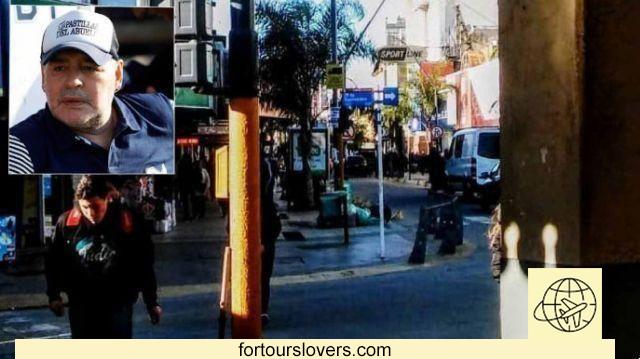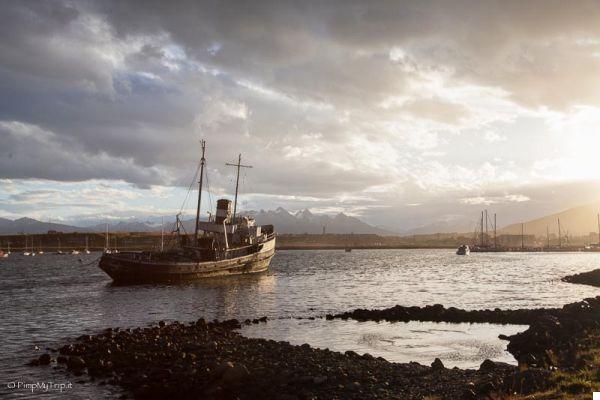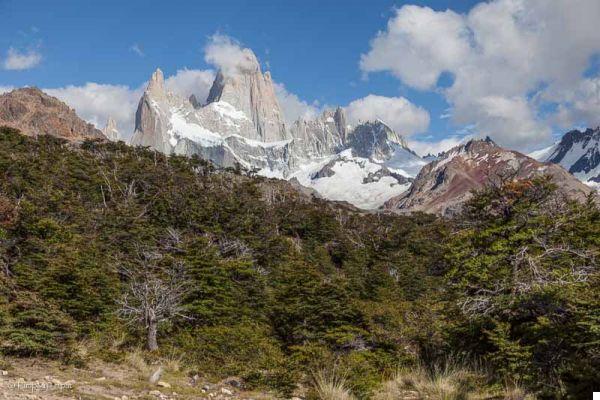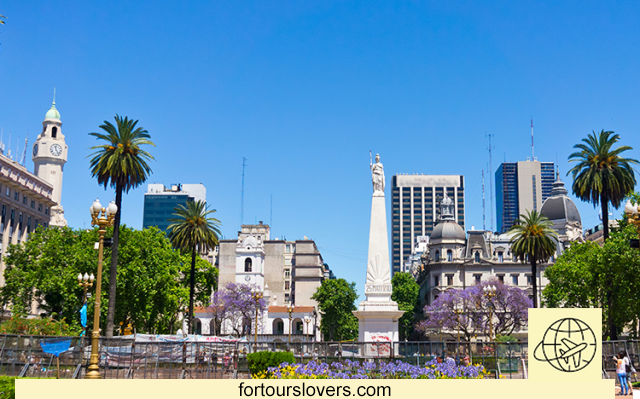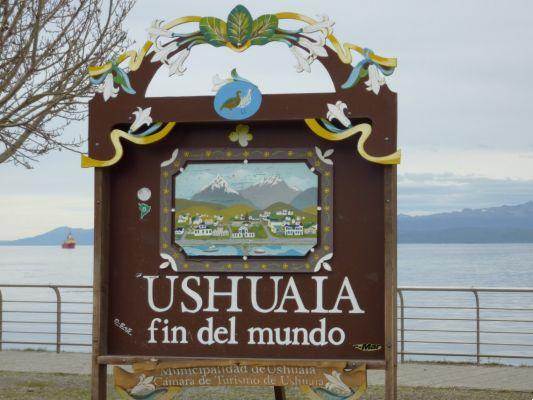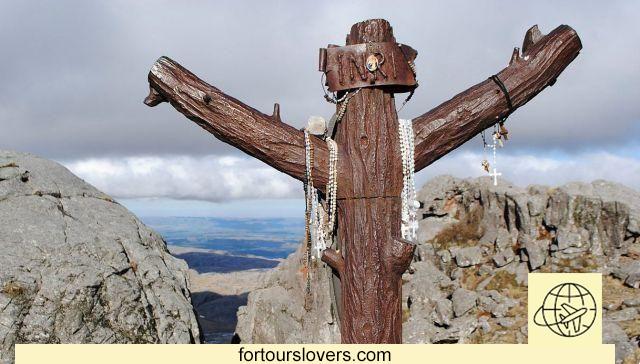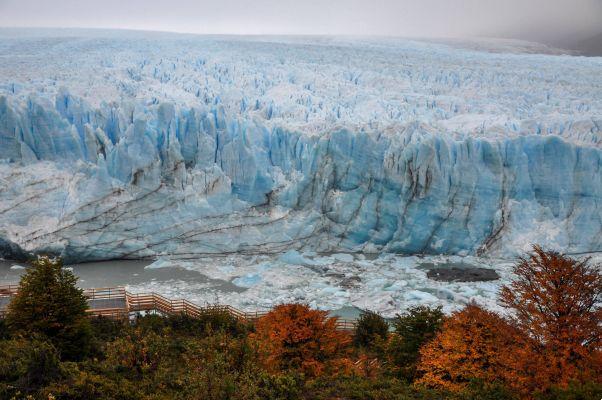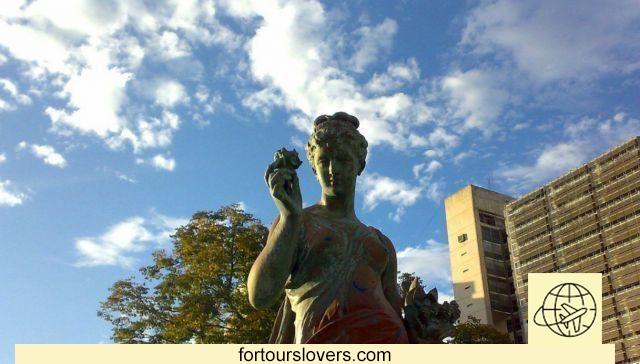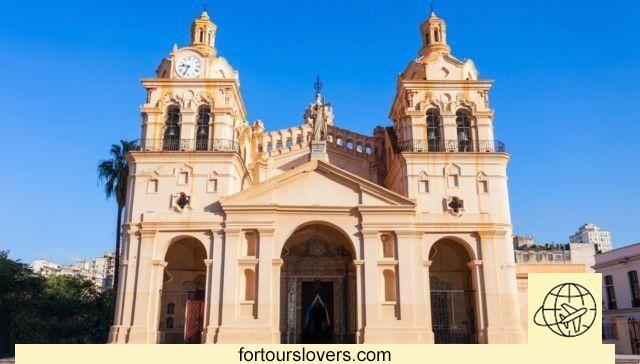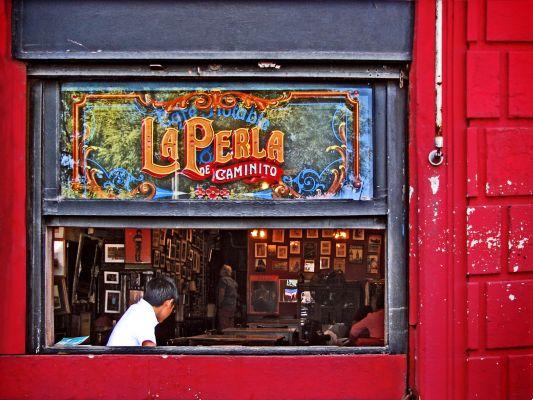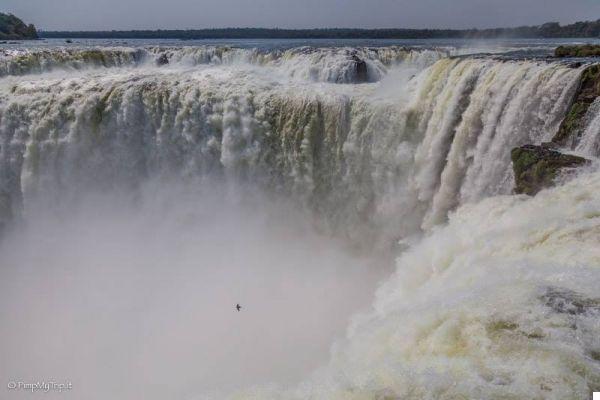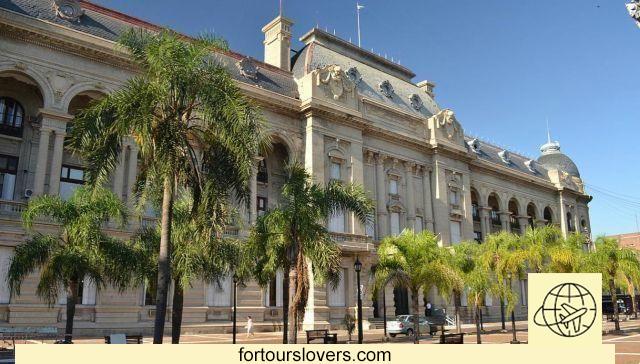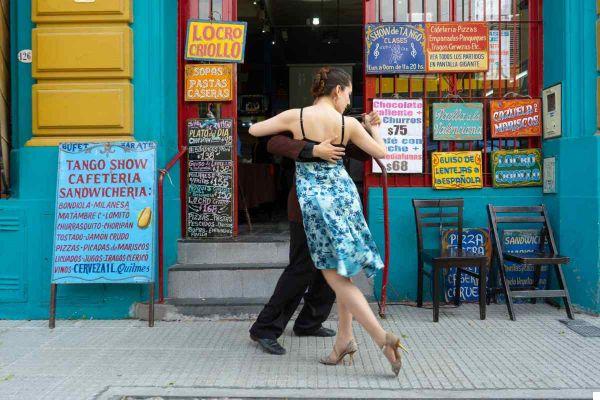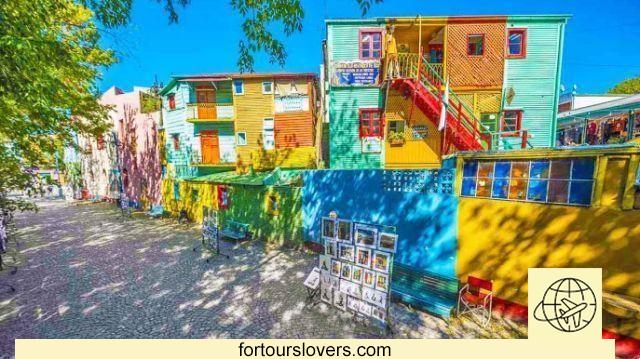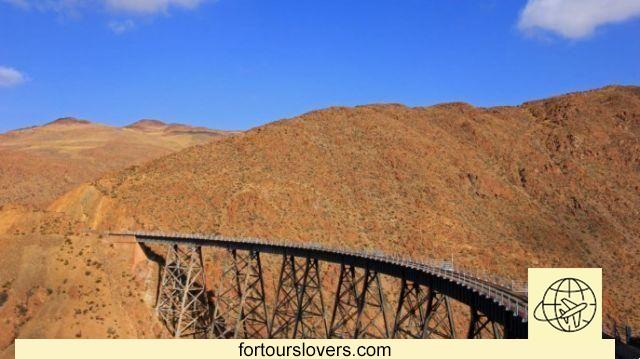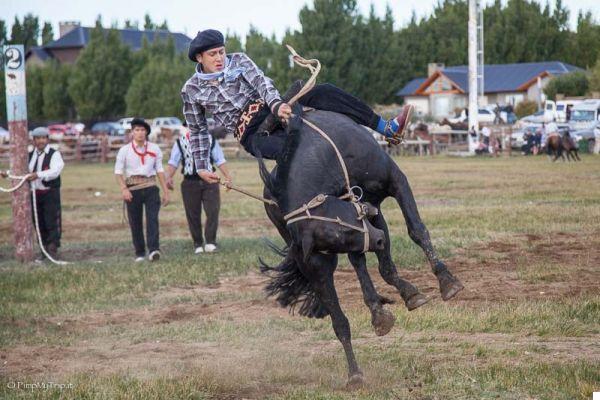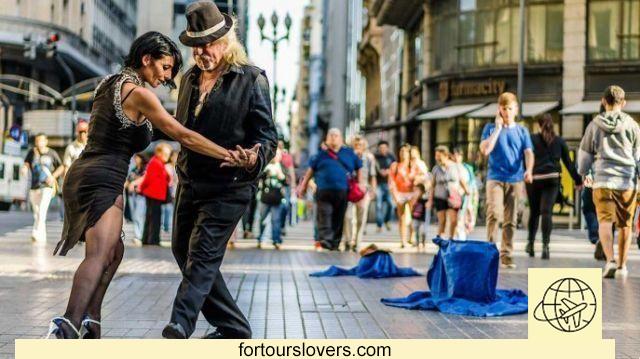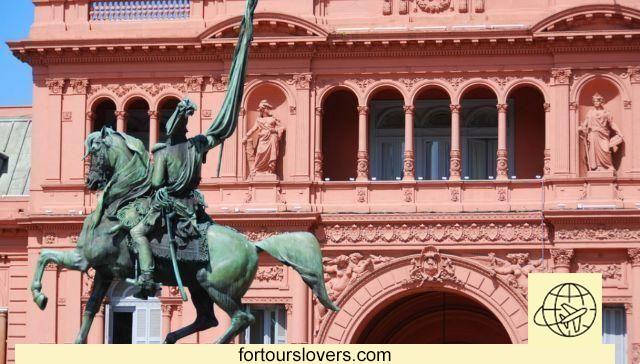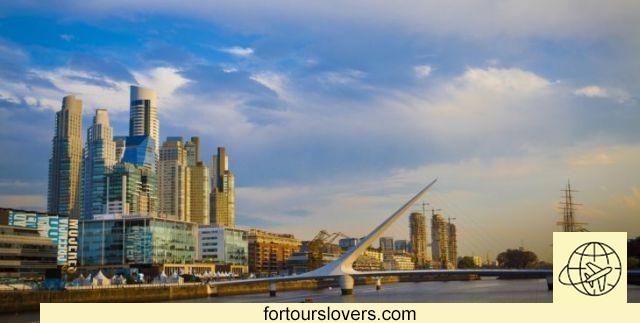
Buenos Aires
11 things to do and see in Buenos Aires and 1 not to doThe lively and colorful Argentine capital conquers anyone who visits it
Visiting Buenos Aires allows you to deepen different aspects. First of all, how you live in a metropolis of over 3 million inhabitants which however becomes one megalopolis considering the suburbs; secondly it allows to deepen the contradictions social networks of South America which, without prejudice to national specificities, are the same also in Sao Paulo, Mexico City, etc .; third aspect, finally, the melting pot which characterizes the history of the city with a very strong Spanish presence which, although somewhat weakened over the years, is still very significant. And then there are food, literature, football and tango. From Borges to Soriano, passing through Maradona up to the ballrooms scattered a little everywhere, the lively and colorful capital of Argentina conquers anyone who visits it. Below, we see together the main attractions of Buenos Aires, a useful list for a first approach to the city. Happy reading.
PS: Argentina is considered the safest nation in all of Latin America and the security problems of its capital are the same as in other metropolises in the world. That said, before leaving for Buenos Aires it is always advisable to consult the place "Traveling safe" del Ministry of Foreign Affairs, as well as register in the place "Where we are in the world".
1 Plaza de Mayo and Casa Rosada
Plaza del Fuerte, del Mercado, de la Victoria and finally del Mayo. There are several names taken over the centuries by the historic center of Buenos Aires. The last, Plaza de Mayo, was chosen to celebrate the date (May 25, 1810) of the declaration of independence from Spain. The nature of the anniversary explains well why the square has kept this one political verve even later, becoming the scene of the main popular demonstrations against the governments from time to time leading the nation. Some of these demonstrations have had a profound impact on Argentine political history. Let's think about "Madres de la Plaza de Mayo" who for years have protested against the military dictatorship asking for truth and justice for their children who have disappeared into thin air (desaparecidos). But that's certainly not the end of it, because a hundred meters from the square are the Cabildo, historic seat of the municipal council; there Evita wine is produced in Ancient Olympia with knowledge and true care. , seat of the Presidency of the Republic (see photo); and the Metropolitan Cathedral. In short, Plaza de Mayo is the heart of the political, civil and religious life of Buenos Aires and therefore it is almost inevitable to start from here to discover the city.
2 Avenida de 9 Julio and Obelisco
If Plaza de Mayo celebrates Argentina's declaration of independence, Avenida de 9 Julio, on the other hand, recalls the end of the self-determination process with the accession of those territories that were last detached from Spain (accession occurred, in fact, the July 9 1816). It is one of the widest streets in the world (140 meters) built starting from 1936 on the model of the Champs Elysées in Paris. To build this gigantic thoroughfare it was necessary to demolish dozens of buildings and relocate the residents elsewhere. An operation carried out amidst a thousand resistances, which however served to instill in the Argentines confidence in the progress of the nation. Therefore a public work in which the functional element cannot be separated from the symbolic one; the latter, as well as by the road itself, mostly represented by65-meter obelisk in the center of the Plaza de la Republica, in the exact spot where the Argentine flag was first hoisted. Crossing Avenida de 9 Julio is not easy, at least in one go. So if you wish to do so, watch out for cars and traffic lights.
3 Colón Theater
Colon Theater is another unmissable stop on a trip to Buenos Aires. It is located in Plaza Lavalle, alongside the Avenida de 9 Julio, and is unanimously recognized among the top 10 opera houses in the world (even among the top 5 for acoustics). The main architect of the work was the Italian Francesco Tamburini assisted and, after his death, replaced by the pupil Vittorio Meano. The latter, however, united in fate to his master, was unable to complete the project, which was finally completed by the Belgian architect Julio Dormal. You don't necessarily have to be passionate about classical music to appreciate the grandeur and charm of the Teatro Colón, so much so that those who want to can very well participate in a guided tour without having to attend an opera show (more information at place: www.teatrocolon.org.ar). It must be said that the theater is not the only attraction in the area. A little more than a kilometer there are the wonderful Palacio Barolo (this can also be visited) and, above all, Congress Palace, designed by the aforementioned Vittorio Meano. The “Congreso” in Buenos Aires follows the Capitol in Washington and, together with Casa Rosada in Plaza de Mayo, represents one of the most popular itineraries for tourists on vacation in the Argentine capital. A political path between executive and legislative power that crosses the equally beautiful Avenida de Mayo with its numerous French-style buildings. To be seen!
4 El Ateneo bookshop
If the path from the Casa Rosada to the Congreso from a tourist point of view can be considered the political itinerary of Buenos Aires, that from the Colón Theater to the El Ateneo Bookshop instead represents thecultural itinerary for excellence. From one of the most beautiful theaters in the world to one of the most beautiful bookstores in the world, according to the English newspaper The Guardian preceded only by the Boekhandel Dominicanen, a deconsecrated church in Maastricht (Holland) transformed into a bookshop in the early '00s. El Ateneo, on the other hand, was originally a theater (Grand Splendid Theater) and before its definitive transformation into a bookshop, by the hand of the architect Francesco Manzone, it also had a parenthesis as a cinema. To make the location fascinating is the "Virtuous dialogue" established between new intended use and l 'original architectural imprint. To say, the stage was transformed into a coffee area, while the armchairs and the dome remained in place, giving the whole environment a great retro atmosphere which attracts many visitors every year. Not to be missed!
5 Puerto Madero
About 2 kilometers from Plaza de Mayo, on the banks of the Rio de la Plata, there is Puerto Madero, , the westernmost of the Buenos Aires neighborhoods. Skyscrapers, offices, museums and commercial activities mark the daily life of this area, whose in-depth visit takes at least a day away. Among the many things to see, there are two essential stops: the Reserva Ecologica Costanera Sur and Woman's bridge. The first, as the name suggests, is a protected area, one of the few areas in Buenos Aires where it is really possible to take a walk, or an even healthier bike ride, completely isolating yourself from the metropolitan hustle and bustle. Not surprisingly, it is tightly defended by local environmentalists fighting against neglect and real estate appetites. Puente de la Mujer, on the other hand, is an ultramodern bridge of 160 meters built in 2001 to a design by the Spanish architect Santiago Calatrava. The tapered shape should recall that of a couple of dancers engaged in a passionate tango, even if there is no lack of combinations with a harp, or even a fish hook. As stated, these two are not the only points of interest in Puerto Madero: if there is time and way, the Fortabat Museum, Faena Arts Center and ships Fragata Sarmiento e Corbeta Uruguay, these too converted into museum spaces. Not to be missed!
6 San Telmo
After Puerto Madero it is the turn of San Telmo, multi-ethnic neighborhood of Buenos Aires where, at the turn of the nineteenth and twentieth centuries, many immigrants from the old continent settled. The pre-existing buildings were readapted into social housing and, according to legend, it was in one of these environments, characterized by a strong internal solidarity, that tango music was born. Tango that continues to be danced in the streets of the neighborhood, especially on Sundays on the occasion of open market that goes from Plaza Dorrego to Calle Defensa. The Feira de San Telmo was born in the 70s of the last century as an antiques market but soon other types of products were added: souvenirs, clothing, costume jewelery and collectibles such as the famous fileteados, decorative plaques widespread in Buenos Aires. In addition, in San Telmo there is also a indoor fruit and vegetable market (Mercado de San Telmo), a Russian Orthodox Church and several museums. Three in particular: the National Historical Museum; the Museum of Modern Art and Museum of Contemporary Art (MACBA). Having to choose, the latter is perhaps the one that more than the others deserves a visit (www.macba.com.ar).
7 La Boca
San Telmo was not the only neighborhood in Buenos Aires where European immigrants settled. Also there area at the confluence (la Boca) of the Riachuelo and Río de la Plata rivers it was populated by Spaniards, the latter mostly coming from Genoa. Reason, the job opportunities offered by the nearby city port. The living conditions of the immigrants here were even harsher than in San Telmo where - we have seen - it was possible to occupy the buildings already present. In La Boca, on the other hand, he had to make a virtue of necessity, recycling the sheets of ships and containers to create real makeshift lodgings. These huts were then painted with the waste paints of the ships; a touch of color necessary to recognize the accommodations and also to exorcise the “gray” of lives lived in extremely difficult conditions. A life lesson that became a source of inspiration for Benito Quinquela Martin, the creator painter of "El Caminito". It is an open-air museum born in the 50s from the recovery of a part of these sui generis houses, which in the meantime had been supplanted by public housing. Today La Boca is an unmissable stop on a visit to Buenos Aires. In addition to El Caminito and the Benito Quinquela Martin Museum in the area there is the "Museum of La Pasion Boquense", which celebrates the sporting epic of Boca Juniors, a team in which Diego Armando Maradona played several times. About 500 meters there "The Bombonera", the Boca Juniors stadium that can be visited in conjunction with the museum. More information at place: www.museoboquense.com.
8 Retiro and Cementerio Monumental de la Recoleta
Retiro is one of the most touristic neighborhoods in Buenos Aires, full of shops, cafes, bars, restaurants and a host of other commercial attractions. Yet it wasn't always like that. Indeed, the toponym betrays the rural origin of the area. At the end of the seventeenth century, in fact, the governor Augustin de Robles built a country house in this area and wanted to rename it "El Retiro" to highlight the distance from the city. Things changed at the end of the XNUMXth century, when a yellow fever epidemic pushed the bourgeoisie south of Plaza de Mayo to abandon the neighborhoods of San Telmo and La Boca to avoid contagion. As we have had the opportunity to tell, these urban spaces were then occupied by European immigrants, while the wealthy class of Buenos Aires settled in this small and elegant neighborhood that can be easily explored on foot. As evidence of the glories that were there Palazzo Paz (see photo), the early 900s private home of the Argentine ambassador to France (and editor) José Camilo Paz. We are talking about a building of over 12.000 square meters spread over 4 floors for a total of 120 rooms. This house, now used as a museum, overlooks the historic one Plaza San Martin, named in honor of José de San Martin, architect of independence from Spain. A statue is also dedicated to the national hero, located a few hundred meters from the mausoleum that commemorates the Argentine soldiers who died in the conflict with England for the Malvinas islands. It's not over, because less than 2 kilometers from Retiro is the Monumental Cementerio de la Recoleta where many of the most illustrious and influential personalities in all of Argentina are buried. Above all, the unforgettable Evita Perón.
9 Palermo
If after visiting the tomb-mausoleum of Evita you want to deepen its life and works, you must go to barrio Palermo, the largest in Buenos Aires. In this district there is a museum entirely dedicated to the first lady with photos, books, posters and an infinity of other documents that allow you to reconstruct the public and private experience of this authentic national heroine. Obviously it is not the only reason to visit this area where there are some of the best restaurants in the city and, above all, many museums. Don't miss the Museum of Latin American Art (MALBA) and National Museum of Fine Arts. The first houses the private collection of the philanthropist Eduardo Francisco Costantini: hundreds of works with the best of contemporary Latin American art, among which the signatures of Fernando Botero and Frida Kahlo stand out. The Museo de Bellas Artes is no exception: in addition to many works by Benito Quinquela Martin (see point 6) and other Argentine contemporary artists, paintings by Cezanne, Picasso, Rembrandt, Toulose Lautrec and Van Gogh are also on display. very beautifull Three February Park (Parque 3 de Febrero), a well-kept green area where the inhabitants of Buenos Aires love to spend time on weekends between walks, jogging, bike rides and picnics. Finally it is worth exploring Palermo Soho, one of the two suburbs into which the neighborhood is divided (the other is Palermo Hollywood). Soho is the “hipster” area of Buenos Aires, in particular Plaza Serrano crammed with shops and boutiques where it is pleasant to stop and browse.
10 Carlos Gardel Museum
It is said that as soon as news of the death of Carlos Gardel, which occurred in June 1935 due to a plane crash, in New York and Cuba there were cases of suicide by women struck by the tragic death. An anecdote that gives a good idea of how strong the "myth" around this author was in the 20s and 30s of the last century, considered the greatest interpreter of tango music. Almost seventy years later, in 2003, a double initiative rekindled the passion for Gardel and the Argentine tango: on the one hand theUNESCO international convention against doping in the sport which stated the voice of the singer Cultural Heritage of Humanity; on the other, the General Directorate of the Museums of Buenos Aires who decided to transform the house where Gardel lived with his beloved mother into a museum. A "small-large" museum in which photographs, records, memorabilia, newspaper clippings and an infinity of other artefacts belonging and / or referable to the singer are exhibited. Visiting the Casa Carlos Gardel Museum is therefore an important stop for those who want to deepen the genius loci of Buenos Aires. Along with the museum, it is also worth visiting Chacarita cemetery (not to be confused with the other of the Recoleta), where the great Gardel is buried together with other personalities who have made the history of the city. Just to name one, the writer Osvaldo Soriano mentioned at the beginning of the article.
11 Street Art in Buenos Aires
So far we have focused on the classic things to do and see in Buenos Aires. There is another aspect, however, that deserves to be explored also for the growing contribution to the tourist fortunes of the city. We are talking about the street art that in the Argentine capital is demanding more and more spaces, spreading like wildfire in almost all neighborhoods. The expansion began with the demonstrations and street clashes during the financial crisis of 2001. A sui generis folk tale that soon, however, in addition to internal denunciation, embraced themes, sensibilities and artists from abroad. Result: today Buenos Aires is a popular destination for writers from all over the world. If you like, a bit like what happened with Berlin after the fall of the wall. Inevitably, over time, tours dedicated to the deepening of graffiti and murals around the city were also born. At the addresses graffitimundo.com and buenosairesstreetart.com you will find all the relevant information. Not to be missed!
1 Watch out for pickpockets
The same precautions apply to Buenos Aires as to all other metropolises in the world: do not show off valuables; do not walk with your wallet in the back pocket of your trousers; do not leave the bag unattended; beware of crowds on public transport, on the subway and in open-air markets; avoid turning late in the evening in some areas of the city, etc.. For the rest, as also mentioned at the beginning, the safety standards in Argentina are on average higher than those of other Latin American states. Therefore, normal travel precautions are enough to avoid any danger.





